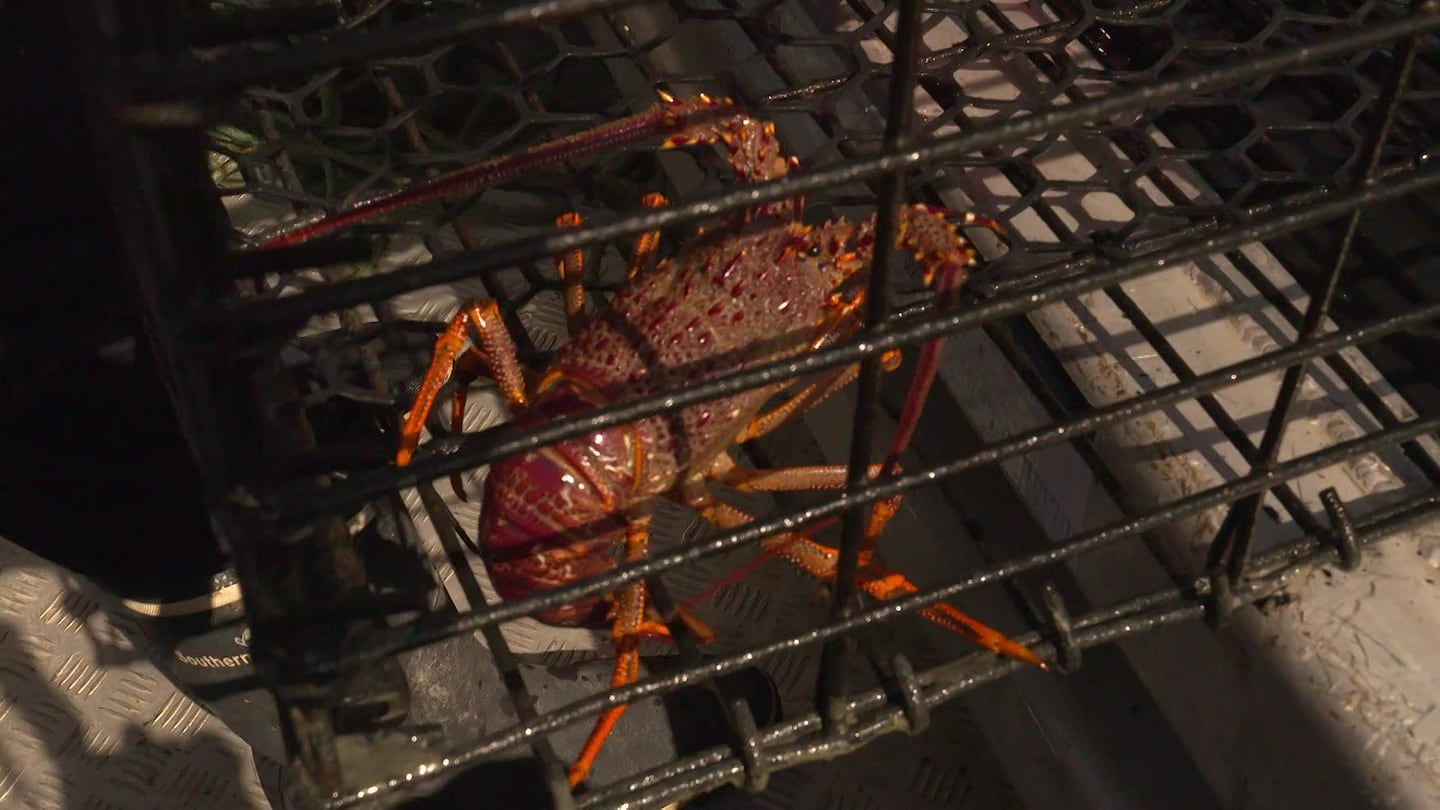The iwi group behind a two-year ban on collecting shellfish along more than 60km of Taranaki coastline has applied to extend the rāhui for a further two years.
In a letter to the minister for oceans and fisheries and the Ministry for Primary Industries, the Taranaki iwi rāhui group said the extension was needed because “the unbridled exploitation of the past cannot be rebalanced and regenerated in 24 months”.
The letter stated that the ban on collecting kai mātaitai (shellfish) between Paritutu and Ōpunake began in January 2022 as an iwi-led rāhui in response to “unrestricted public pillaging”.
From December 2022, the rāhui was backed by a temporary closure under section 186a of the Fisheries Act.
Widely supported by submitters to the 2022 proposal, the rāhui group that led the charge to preserve and protect the reefs was named the Taranaki Daily News’ 2023 Person of the Year. It was the first group ever to receive the award.
The application to extend the temporary ban to December 15, 2026, was made on July 31.
In support of the request, Jacqui King, of the Taranaki iwi governance organisation Te Kāhui o Taranaki Trust, wrote that an extension of the ban would provide the necessary time for the establishment of longer-term protection strategies.
“Continued support under the law is imperative to prevent the total collapse of the taonga species and the erosion of the ecosystem. Pāua require at least three years to reach sexual maturity,” she wrote.
Under the temporary ban, it is illegal to remove all shellfish, excluding kōura (crayfish), as well as seaweeds, anemones, stingrays and conger eels within 3km of the shore.
The rāhui group is proposing to add crayfish to the list of banned species, a request that was turned down for the current ban.
On behalf of Taranaki iwi, King submitted that there was evidence of potential future growth but as yet insufficient stock for sustainable harvesting.
More time was needed to allow for the implementation of protocols for future generations to collect shellfish sustainably, she said.
In February last year, it was reported the iwi organisation was spending hundreds of thousands of dollars to prepare for when the ban ended.
King told a community meeting in Oaonui that four new staff members were to be hired to monitor and assess kaimoana numbers and habitat.
The iwi would also fund a strategic advisory committee of hapū rāhui leaders to advocate at the national and regional levels, she said.
She said it was difficult to spend such a large sum from the Taranaki iwi Treaty of Waitangi settlement.
“We are using our settlement resources, which are supposed to rebuild our whānau and our communities as much as we possibly can with the small pūtea that we’ve received. We’re going to have to use that to do all this mahi because [government agencies] aren’t doing their job.
“There are so many other needs of whānau from housing, cost of living – all those issues have to be priorities.”
In December last year, rāhui group spokesperson Mahara Okeroa said the key principle was that the descendants of Māori and Pākehā should be able to enjoy the resources.
“And it’s only by taking these measures now [that] we can guarantee that our mokopuna can participate in [enjoying] what is becoming a scarce commodity.”
He said the ban was just one step in the process, and in 2024 they would be investigating what possibilities there were in regard to a “more permanent arrangement”.
The Ministry for Primary Industries describes the size of the proposed ban area as about 234km² along about 63km of coastline.
Submissions on the proposal close at 5pm on Monday, September 30.
- Stuff



